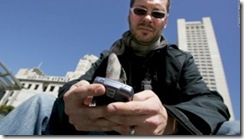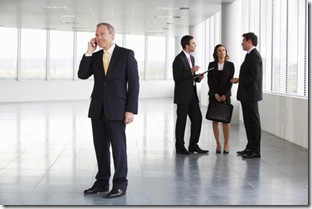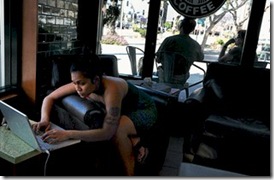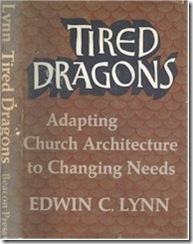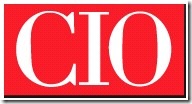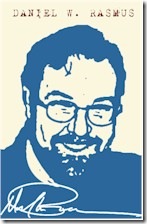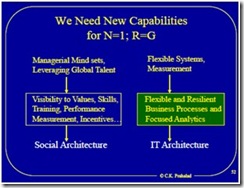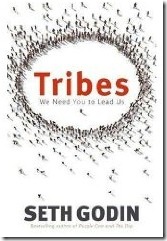In my introduction to Dynamic Work, I speak of the surging business mega-trend towards flexibility in the current years…
“Dynamic Work is becoming as much of a business imperative for the new millennium as was embracing the PC in the 80s and embracing the Internet in the 90s.”
An organisation which shares my assessment of this trend is one I have supported for a number of years now, Working Families. They focus their lens on the trends in business around how businesses approach family issues which they distilled into…
- 1980s – ‘Movement Begins’ – “Work-life balance was primarily a ‘mother’s issue’ championed by women who wished to return to work. Interest from organisation centred on childcare as they sought to recruit and retain women.”
- 1990s – ‘Family Friendly Years’ – “Flexible working of all kinds evolved as a way for employers to enable women to reconcile work and family life.”
- 2000s – ‘The Flexi Decade’ – “Technology starts to have a more significant impact in changing how and where work is done, and employment regulations help support this change. Increasingly flexible working is seen as making ‘business sense; and linked into employee engagement and heightened performance”

